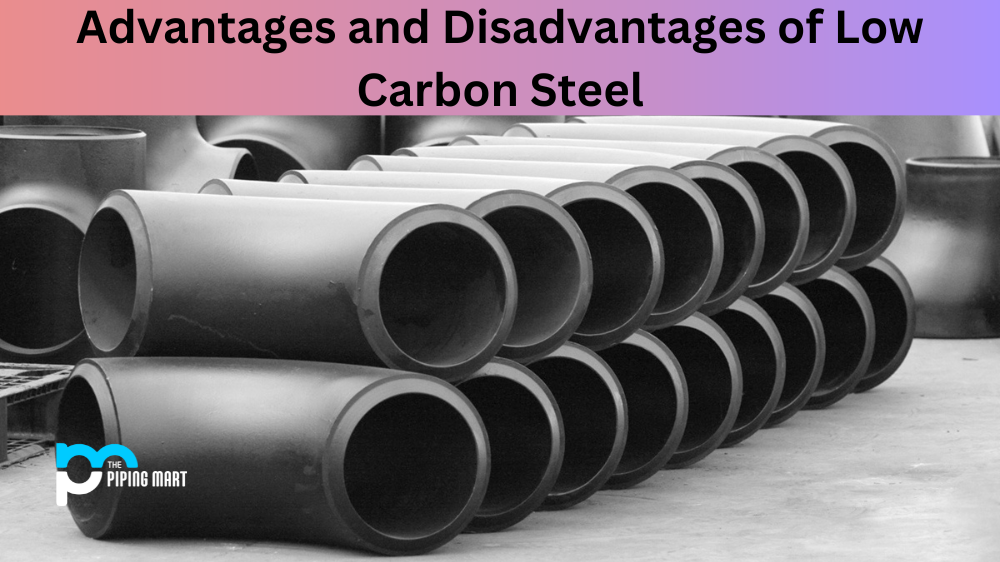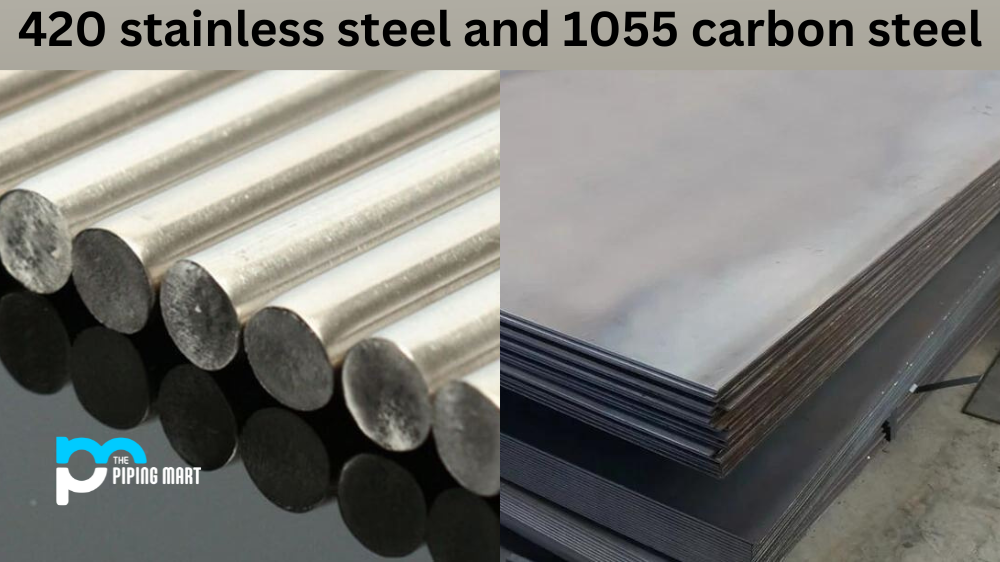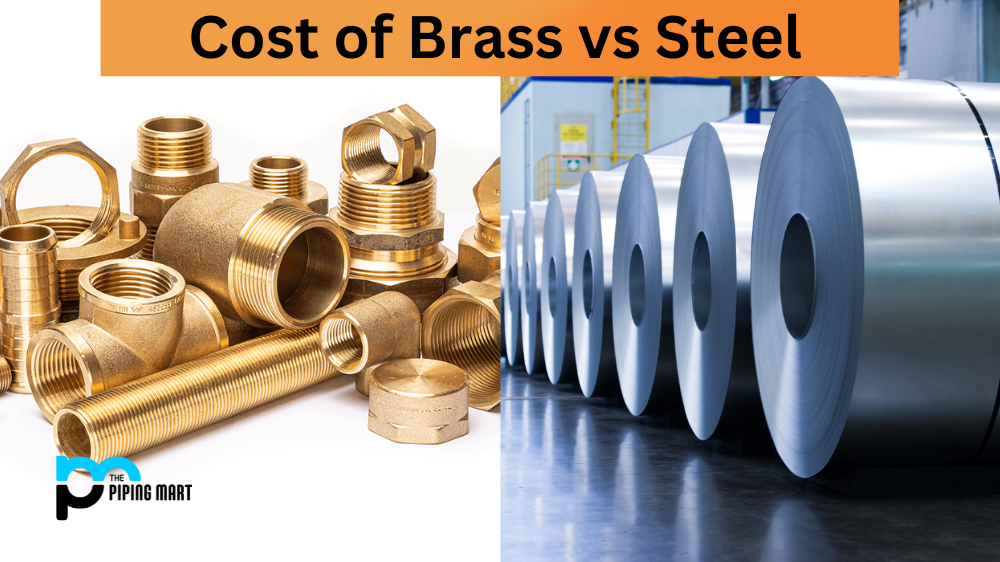Low-temperature carbon steel is a type of steel that is particularly well-suited to cold temperatures. It has many advantages over other types of steel, but some notable disadvantages too. Let’s take a look at the pros and cons of using low-temperature carbon steel.
Advantages of Low Carbon Steel
One of the biggest advantages of using low-temperature carbon steel is its strength and durability in cold weather conditions. This makes it an excellent choice for outdoor structures and equipment applications, as it will not be damaged by exposure to cold temperatures or extreme weather conditions. Additionally, low-temperature carbon steel is highly resistant to corrosion, making it a great choice for applications where strong corrosion resistance is required.
Another advantage of using low-temperature carbon steel is its ability to retain its form at lower temperatures. This means that there is less risk of cracking or other forms of damage when exposed to cold temperatures or extreme weather conditions. Finally, low-temperature carbon steel can be relatively inexpensive compared to other types of steel, making it an affordable option for many projects or applications.
- Low-temperature carbon steel is more ductile than other types of steel.
- Low-temperature carbon steel is less brittle than other types of steel.
- Low-temperature carbon steel is less likely to crack or shatter under impact.
- Low-temperature carbon steel is more resistant to corrosion than other types of steel.
- Low-temperature carbon steel is easier to weld than other types of steel.
Disadvantages of Low Carbon Steel
Despite its many advantages, some notable disadvantages are also associated with using low-temperature carbon steel. One major drawback is that welding can be difficult to weld due to its high melting point; welding repairs may be more costly than other types of steel. Additionally, when exposed to higher temperatures for extended periods of time (over 300°F), the material can become brittle over time and lose some of its strength and integrity; this makes it less suitable for use in certain environments or applications where exposure to higher temperatures is likely.
The biggest disadvantage of low-carbon steel is its susceptibility to damage from impact or shock loads—in other words, sudden impacts can cause the material to crack or bend rather easily. This means that you need to be extra careful when handling products made from this material to avoid damage during transit or installation processes. Additionally, while low-carbon steel offers some corrosion protection, it doesn’t offer enough protection against saltwater environments unless treated correctly with certain coatings like galvanizing or painting on specialized paint products. Lastly, because of its soft nature, machining parts from this material can be challenging; too much force may result in deformation rather than clean cuts.
Low Strength
One of the primary disadvantages of low-temperature carbon steel is that it has lower strength than other types of steel. This means that it is less suitable for use in applications where high levels of strength are required, such as in the construction of buildings or bridges.
Reduced Ductility
Another downside to low-temperature carbon steel is that it has reduced ductility. Ductility refers to a material’s ability to deform under stress without breaking. This makes low-temperature carbon steel less suitable for applications where ductility is important, such as in the automotive industry.
Increased brittleness
Another disadvantage of low-temperature carbon steel is that it is more brittle than other types of steel. This means it is more likely to break or shatter under impact or stress. This can make it dangerous to use in certain applications, such as in the construction of buildings or bridges.
Corrosion Issues
Low-temperature carbon steel is also prone to corrosion issues. This means it may rust or corrode when moisture or certain chemicals are exposed. This can make it unsuitable for use in many industries, such as the food and beverage industry.
Difficult to Weld
Another issue with low-temperature carbon steel is that it is difficult to weld. It may be hard to combine two pieces of low-temperature carbon steel using traditional welding methods. This can make fabricating or repairing products made from this type of steel difficult.
Conclusion
Overall, low-temperature carbon steel can have many advantages in certain applications or environments—especially those involving cold climates or extremely harsh weather conditions—but some notable disadvantages are also associated with it. Before deciding whether this type of steel is right for your application, consider all the pros and cons carefully so you can make an informed decision about which type of material will best suit your needs!
Meet Heer, a dynamic and driven writer learning tricks of her trade in the metal industry. With a background in Digital Marketing, Heer brings a unique perspective to her writing, sharing valuable insights. Apart from blogging she like reading and hiking.




